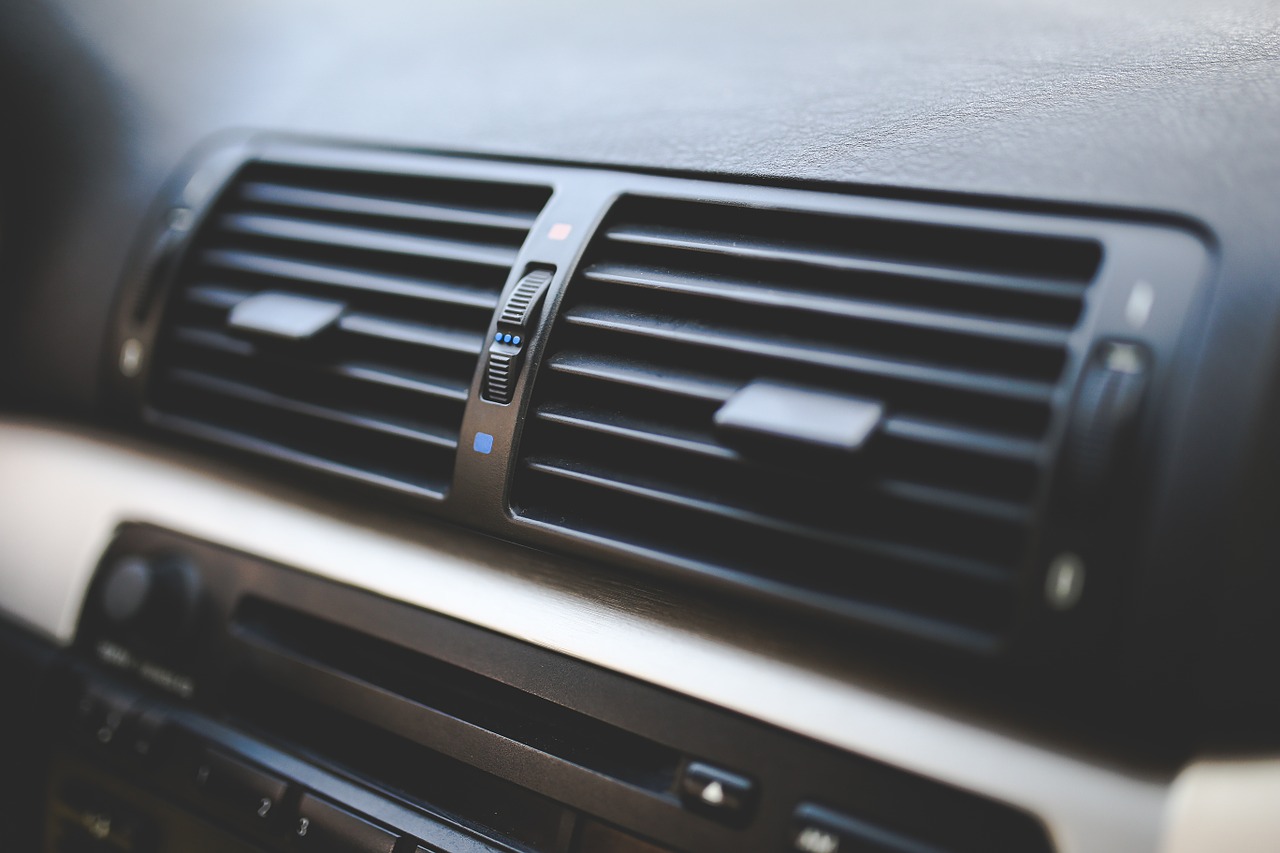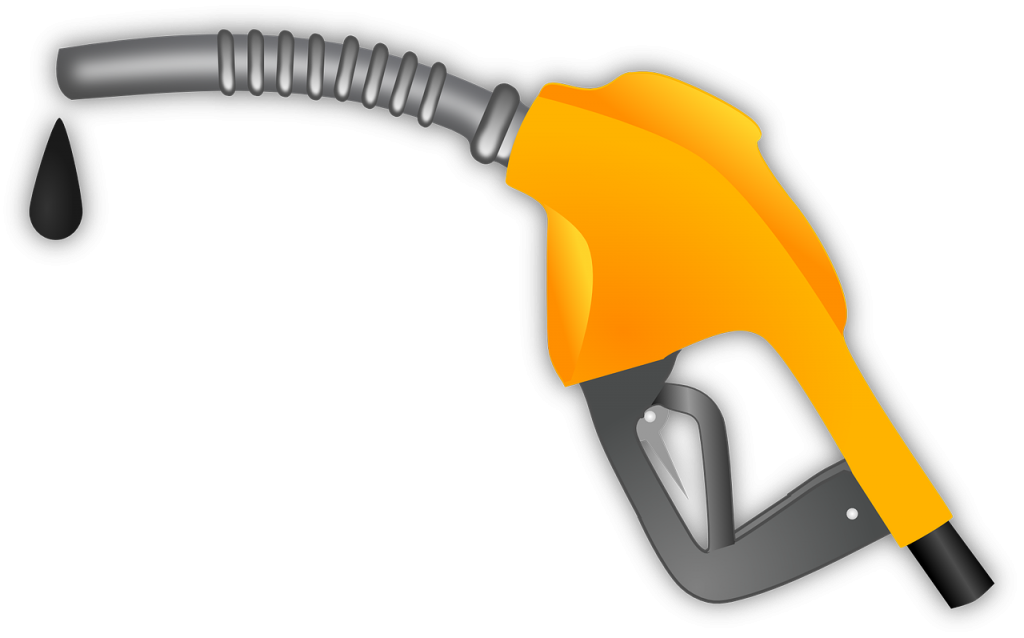Savings is never more than enough in life and you can make savings every day by adopting good driving skills. This post provides you with 5 Essential Tips to Save on Gas.
1. Adopt a flexible driving style
You have more than once failed to brutally hit hedgehogs, trees, old ladies’ poodles, lamp posts, etc. Note that such brutality is felt on your gas budget. That’s right.
Reducing your fuel costs also means adopting a smooth driving style. How will you do this? Below are a few tips to help you out.
2. Respect the speed limits:
Reducing your speed by 20 km/h can save you up to 20% in fuel costs.
In other words, if you consume 8.0 L/100 km at 130 km/h, you’ll consume 6.4 L/100 km at 110 km/h. That’s more than 1.3 litres of fuel savings over a 100 km trip. All the more interesting, driving at 130 km/h instead of 110 km/h will only save you 8 minutes over your journey.
When accelerating, do it gradually and once you reach the desired speed, keep it stable: jerky driving wears out tires and brake pads much more quickly.
Shift gears to a maximum of 2,000 – 2,200 /rpm (the higher the engine speed, the higher the fuel consumption).
Instead of braking, shift into a lower gear: when you downshift, your car doesn’t consume any fuel. This is unbeatable when it comes to saving energy!
3. Clever air conditioning

The use of air conditioning can sometimes have a significant impact on your fuel consumption.
When you drive at low speeds (in built-up areas, for example):
– Turning on the air conditioning can increase your fuel consumption by 20%;
– It is therefore much better to drive with your windows slightly open for a few minutes;
even if you turn on the air conditioning afterwards, the draught caused by opening the windows will provide fresh air to the air conditioning condenser, which will need less energy to operate correctly.
On the other hand, if you drive fast (on freeways, for example), and the temperature is unbearable:
– it is advisable to move with the air conditioning on rather than open windows;
– opening one or more windows would disrupt the aerodynamics of your vehicle and increase fuel consumption.
Although driving with the air conditioning on will only slightly increase fuel consumption, it’s not the same story if your air conditioning is faulty. So remember to have it checked regularly.
4. Avoid heating your vehicle unnecessarily
Who has been tempted to warm up his car at a red light? Or warm up the car 15 minutes before heading out on the road in winter so that it is not a full fridge when you get in it? Even if your intentions are praiseworthy, they are expensive in fuel!
Despite many preconceived ideas, as soon as you start, your vehicle is ready to go. However, if it’s chilly outside and your windows are frosted, a little warm-up is allowed: but don’t heat the car more than 5 minutes before leaving.
Good to know: for a gasoline engine, the best rpm is between 2,000 and 2,500 rpm and for a diesel engine, between 1,500 and 2,000 rpm.
5. Cruise control
Contrary to popular belief, cruise control is suitable for both high and low speeds. It is therefore not reserved only for freeways. You can use it on the national highways, bypasses, and even in built-up areas since it can be used from 30 km/h onward.
The cruise control has many advantages:
It maintains the vehicle’s speed to perfection: by keeping a steady pace over the entire journey, a car emits 20% less CO2.
It avoids accidental speeding and optimizes fuel consumption: since it prevents acceleration (in the city), you can save up to 50% on gas.
Caution: keep your foot on the brake pedal to react quickly in the event of an obstacle, and do not use the cruise control on slippery roads!
Hope the above tips help you out! You can read some more here:



2 thoughts on “5 Essential Tips to Save on Gas”